Bourgogne Aligote Domaine Du Beauregard 2022
Aging: 100% tank. Varietals: Aligoté 100%
Location: on hillsides in the village of Saint Sernin du Plain, south-east exposure, on clay-limestone soils. Yellow gold color with beautiful golden reflections. The nose develops on aromas of white fruits such as pear, floral with notes of vine flowers and a touch of acidity. The palate is full, fat and frank.
Glass

Serving Temperature

Food pairing
-

-

-

Maturity
Drink nowYou may like these...
More about this product
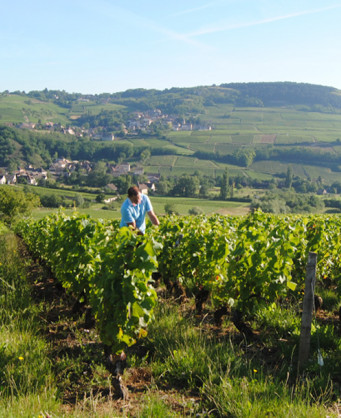
Domaine du Beauregard
Пет поколения са се сменили едно след друго и в нито едно от тях семейната изба, днес наречена Domaine du Beauregard, не е спирала да се развива и да бъде препитание за тези изключителни, свързани със земята си хора. Имението им е разположено в Saint Sernin du Plain ( Сен-Сернен дю Плен), на половин час южно от Бон, на един хвърлей от долината Маранж, в лозята на Кот дю Кушоа. Звучи ви сложно? Накратко – в Бургундия сме! Първите лозя, пра-прадядото на Стефани и Жером Депернон (които управляват сега), купува през 1810 г. По това време – за лично ползване, а след това синът му Жермен започва да продава виното на тогава никому неизвестното Domaine Dépernon Père et Fils през 30-те години на XX век, при това със забележителен успех. Бизнесът продължава да се разраства благодарение на сина му Бернар, което съвпада и с популяризирането на регионалното наименование Bourgogne Rouge. През 1976 г. Мишел, син на Бернар (и внук на Жермен Депернон), създава своя собствена фирма и продължава семейната традиция. През 1992 Мишел и Франсоаз Депернон придобиват нови парцели в култовите апелации Maranges, Maranges 1er Cru 'Les Clos Roussots' и Bourgogne Hautes Côtes de Beaune. Съответно Domaine du Beauregard зпочва да развива продажбите си на премиумния сегмент вина в бутилки. През 2000 г. семейната фирма Domaine Dépernon Père et Fils става Domaine du Beauregard. Днес Жером и Стефани, децата на Франсоаз и Мишел, работят в имението и продължават да правят бургундски вина, но като плод на своята страст и собствената си философия за лозарство и винарство.
All wines of the same producer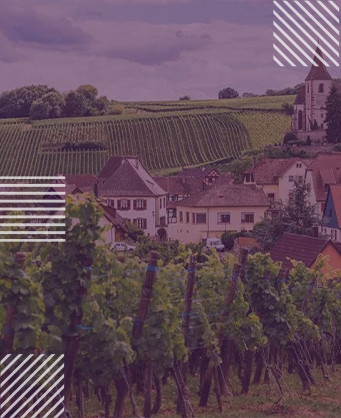
Burgundy
In this area, red wines are produced from one variety - Pinot Noir, but the wines actually vary in quality from light and ordinary to rich, complex and truly majestic. Burgundy is famous for its small vineyards and it is generally believed that the smaller the area of the vineyard, the better the wine. The best Burgundy wines come from Côte d'Or, a strip of only 30 miles, divided in the center into 2 separate parts; Côte de Nuit to the north and Côte de Beaune to the south. The fame of Cotê de Nuits is in the red wines - 95% of Pinot Noir grapes are produced here. Of course, here are some of the best, able to age, the most exotic and expensive wines. The Côte de Beaune produces approximately 38% white wine, 60% red wine and 2% sparkling wine. The white wine variety is exclusively Chardonnay, and the quality varies from the best, Montrachets and Corton Charlemagnes, Meursault, Puligny and Chassagne to the more ordinary Macon Blanc. The former are traditionally aged in small oak barrels, while Macon wines are usually lighter in character and have a good value for money. The red wines from Beaune do not have the fame of their "brothers" from Côte de Nuit, with exceptions here are those who come from Pomard, Corton and Volney. In general, they are lighter in style, but depending on the harvest they can show potential that successfully competes with the Côte de Nuits and beyond.
More wines of this region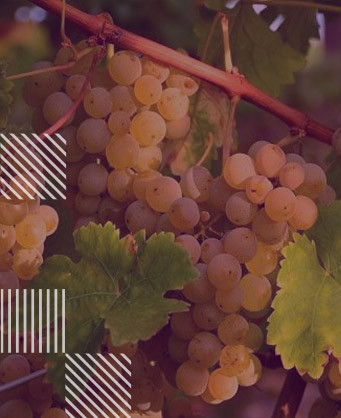
Aligoté
Aligote is best known as the "third" grape variety from Burgundy, most common in Buseron, in the northern part of Côte Chalon. Aligote also plays a key role in Crémant de Bourgogne sparkling wines. Aligote has been part of Burgundy's wine landscape for more than 200 years, planted alongside Chardonnay. This is an early maturing variety, characterized by its resistance to frost. Small quantities of vineyards with Aligote can also be found in the Rhone Valley, where it is used for blending mostly with Chardonnay to create light, fruity white wines from Châtillon- en-Diois. Outside France, Aligoté is particularly prevalent in Eastern Europe - in countries such as Bulgaria and Romania, where Aligoté wines have surprisingly many followers. The plantations in these countries are many times larger than in the traditional home of the variety in eastern France. Wines produced from Aligoté are usually dry in style, with floral and herbal notes. Due to its characteristic natural acidity, it is often used in blends to enhance the aromas of richer but less structured wines.
More wines of the same variety
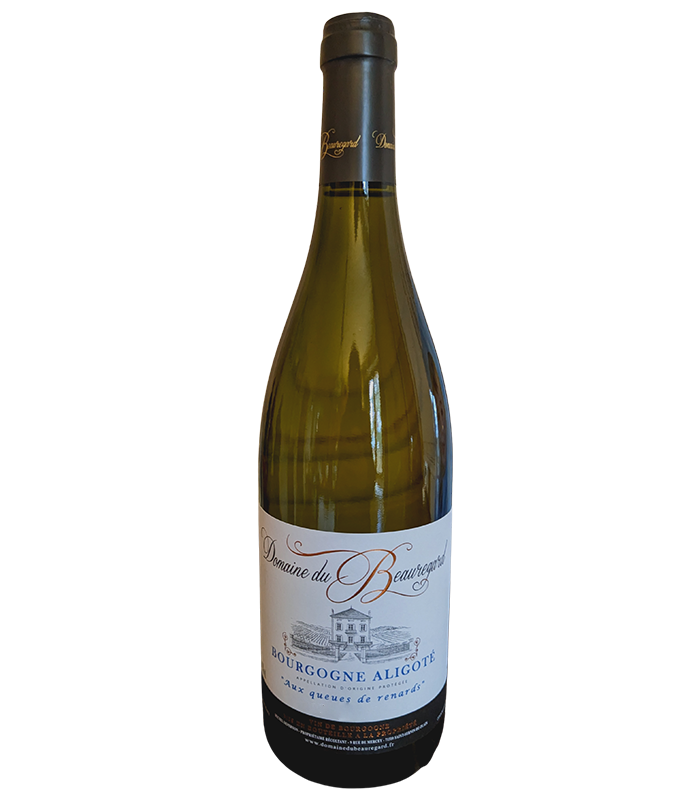






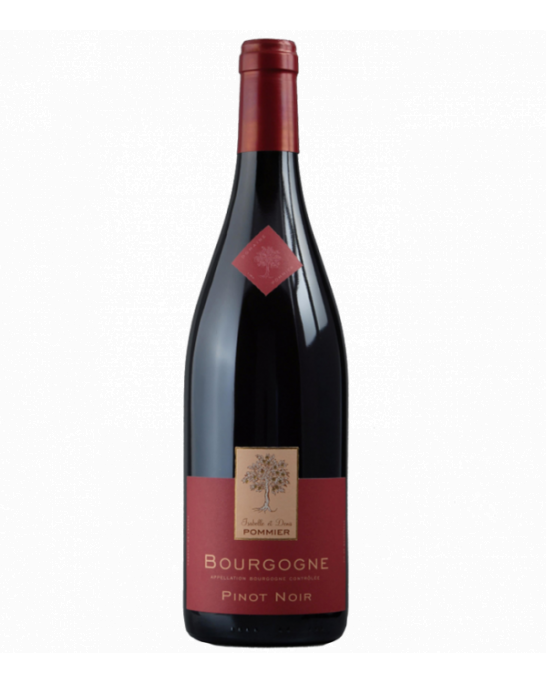
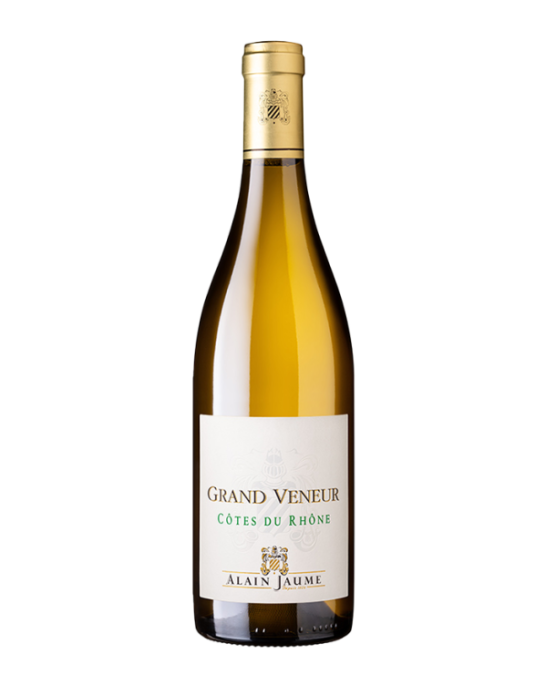
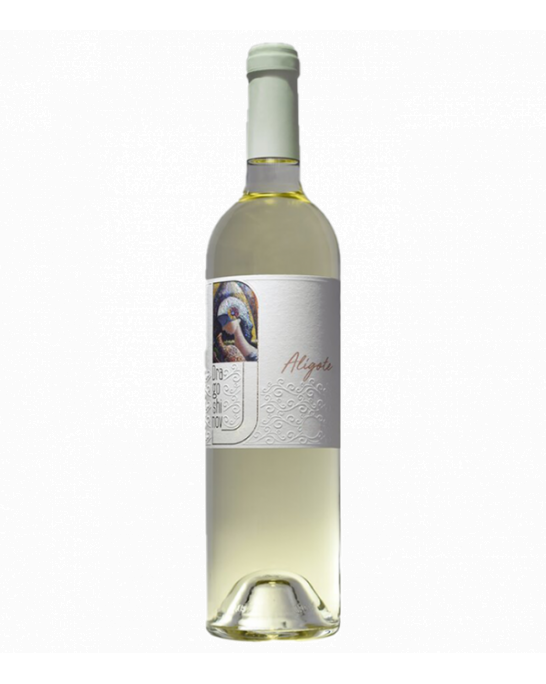
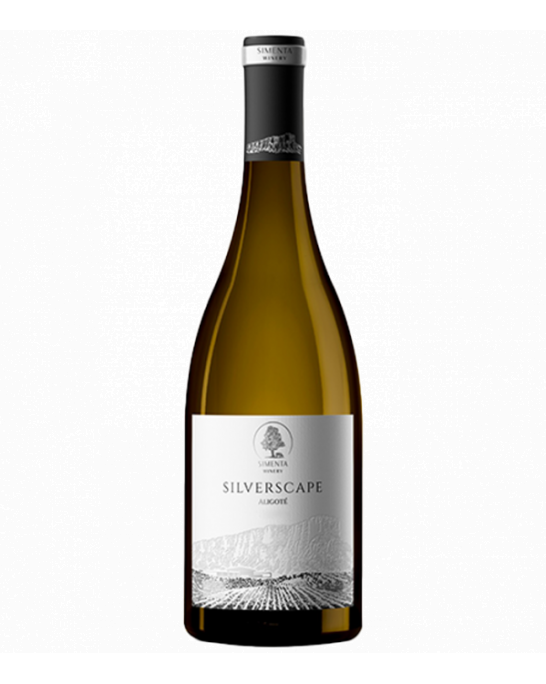
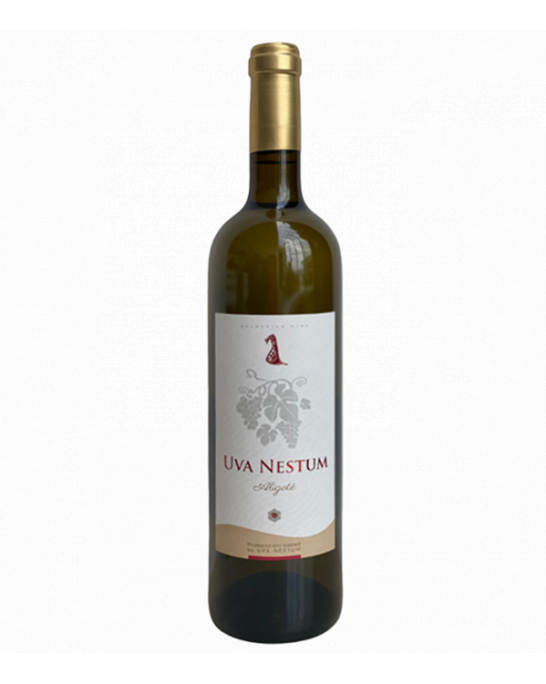
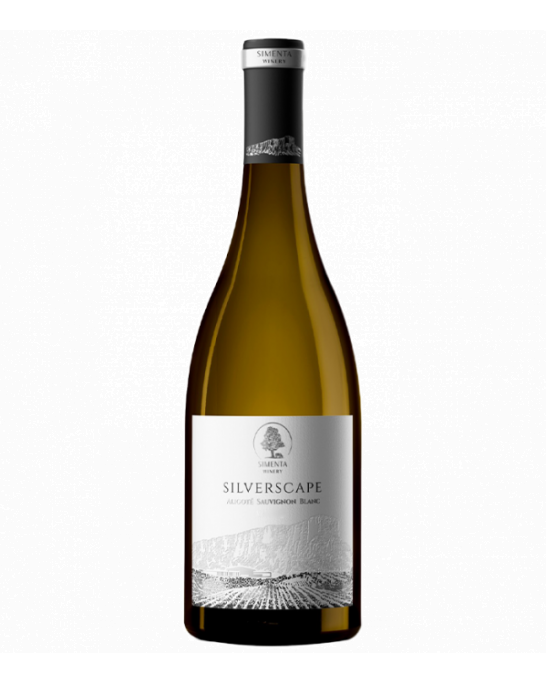
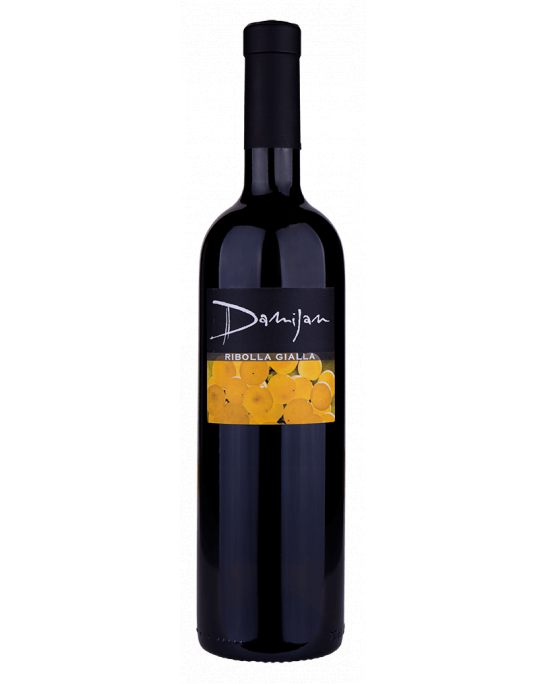
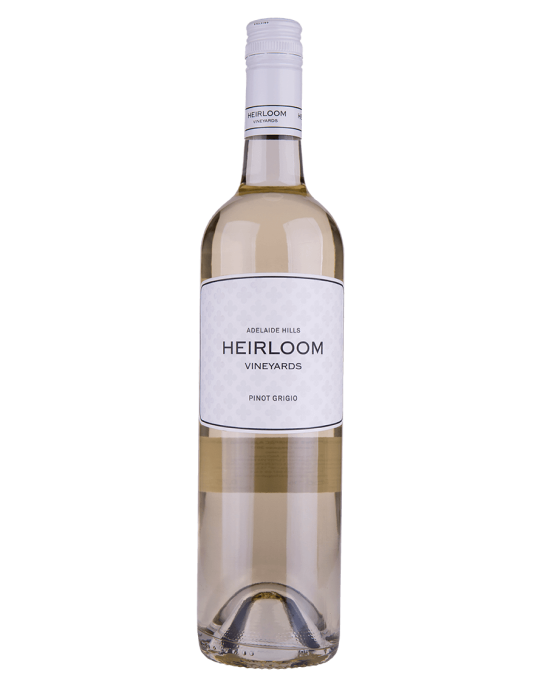
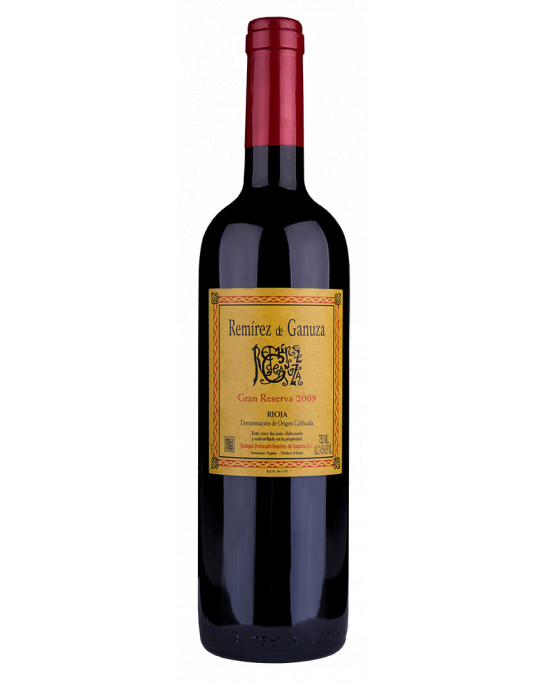
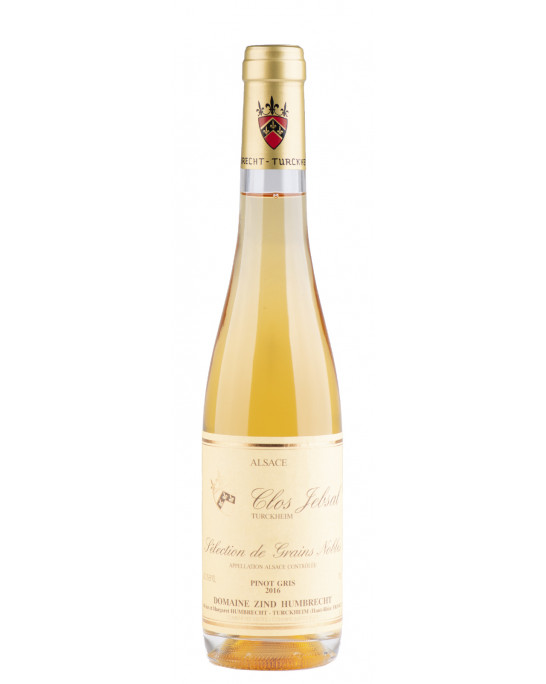
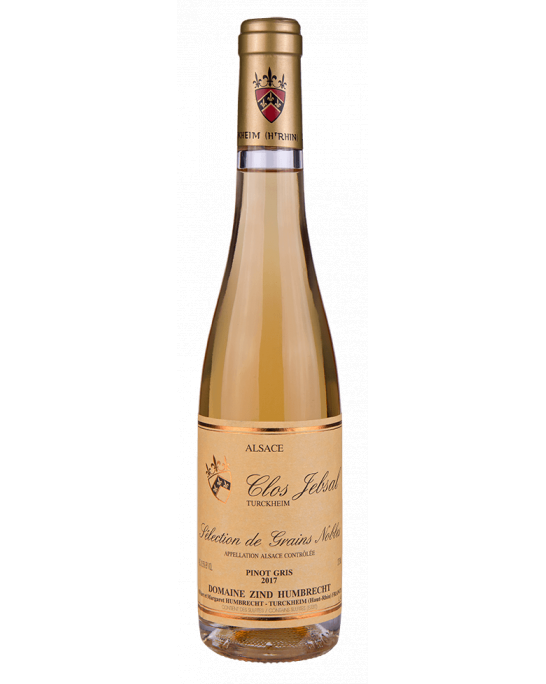
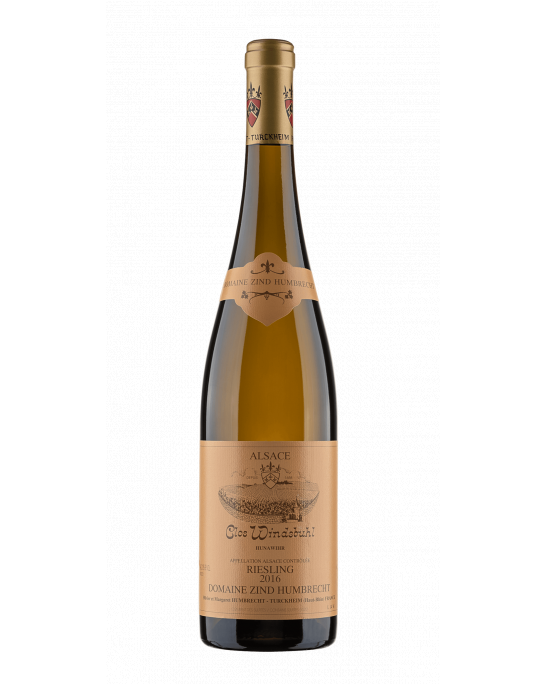
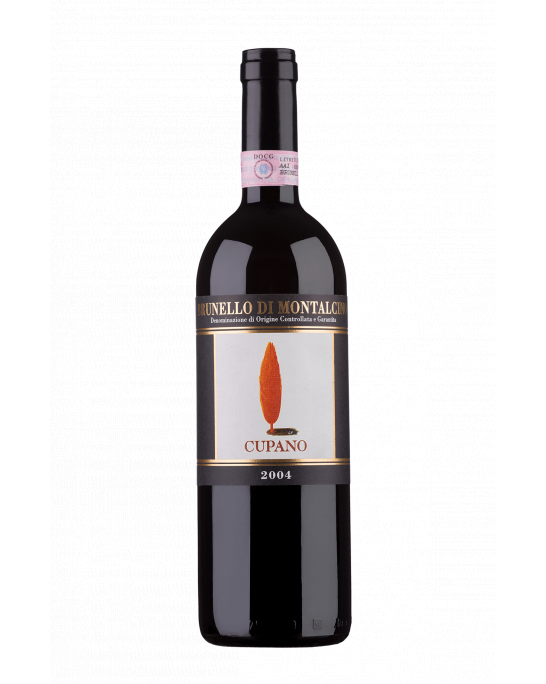
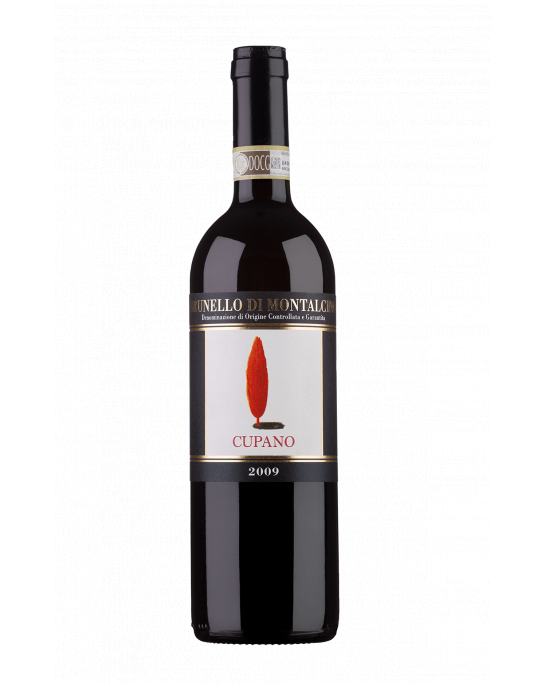
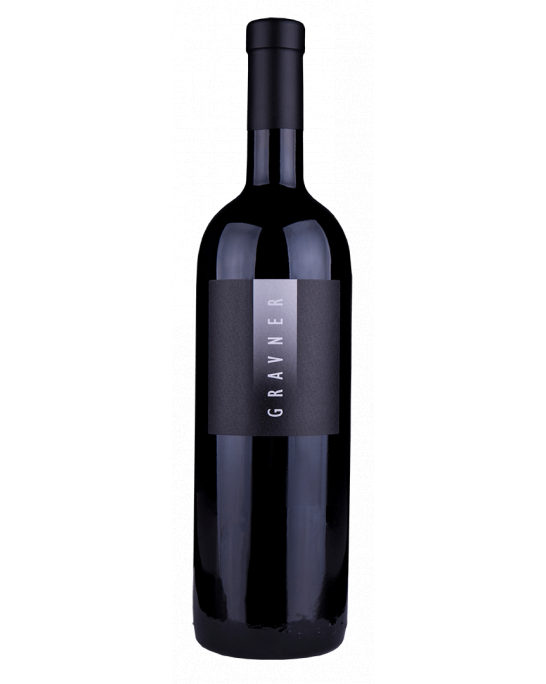
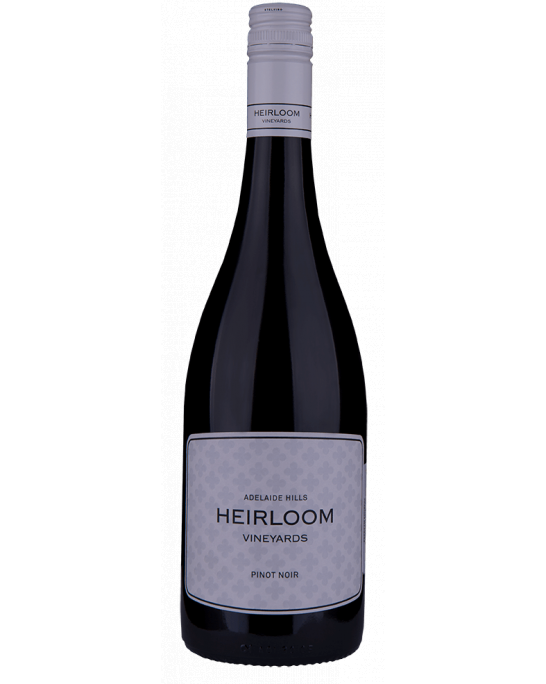
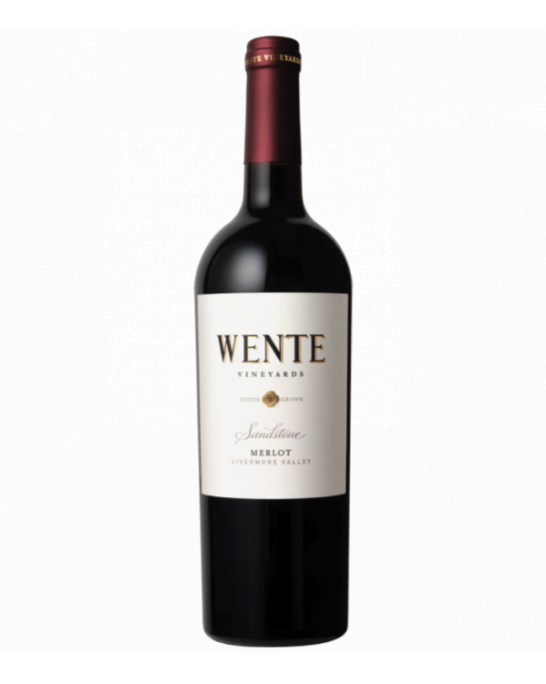
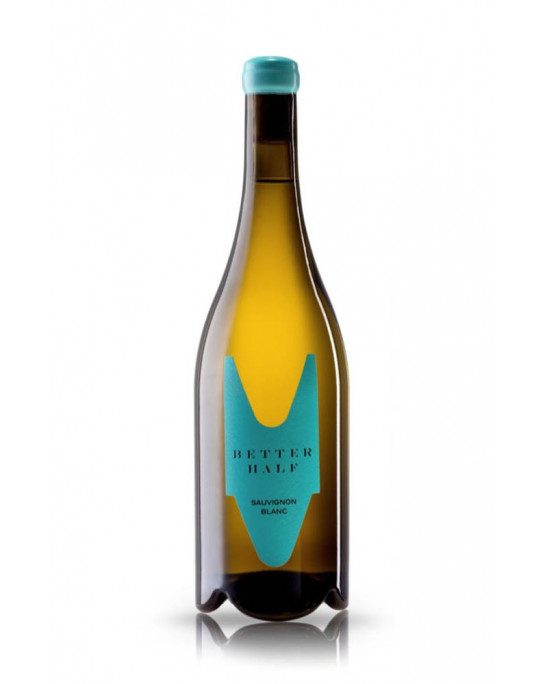
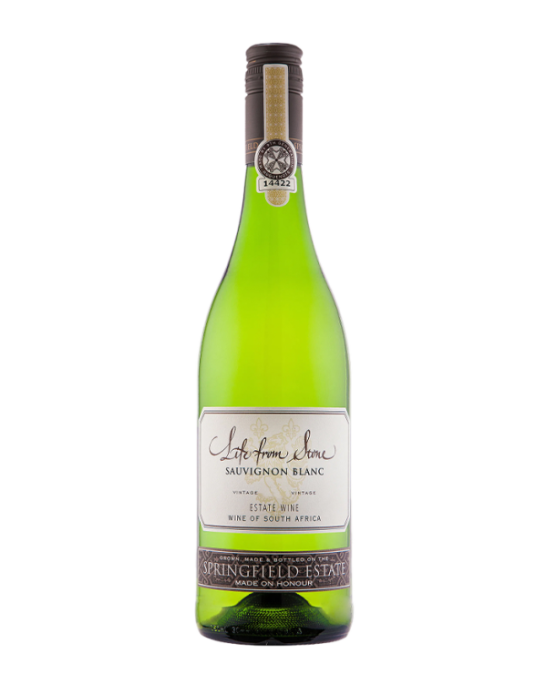
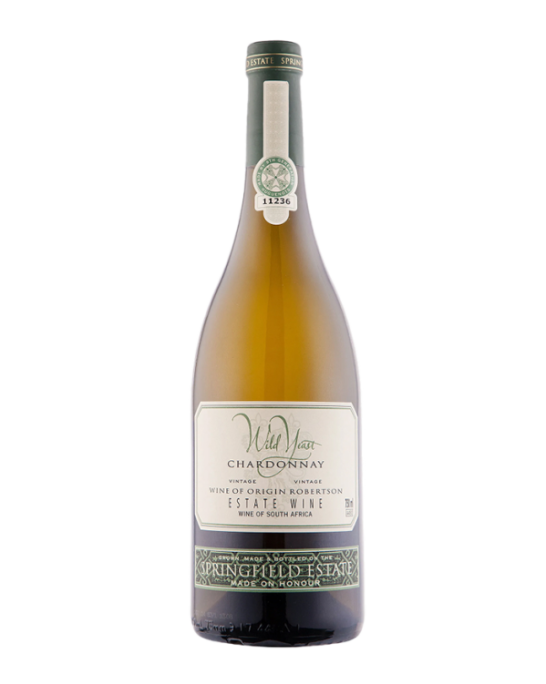
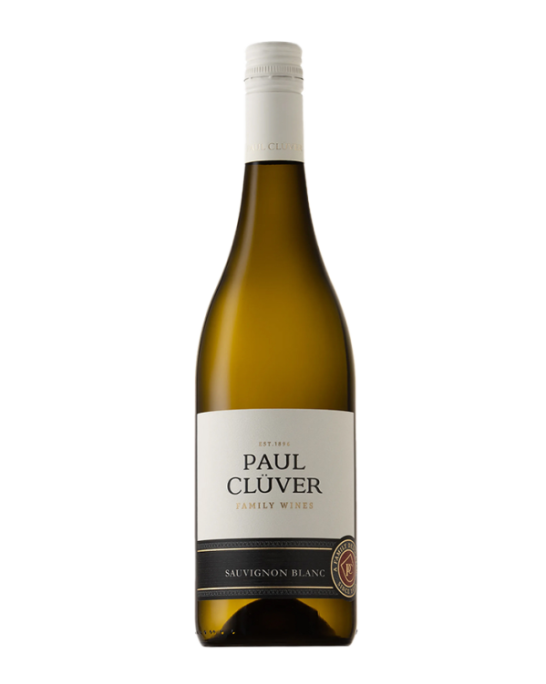
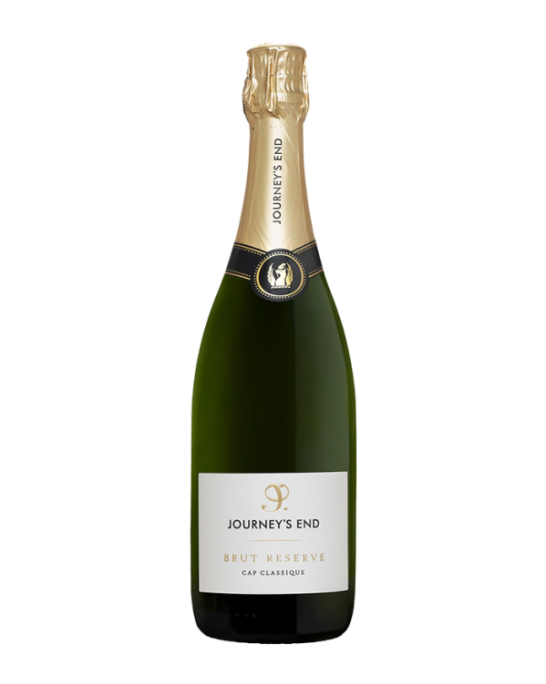
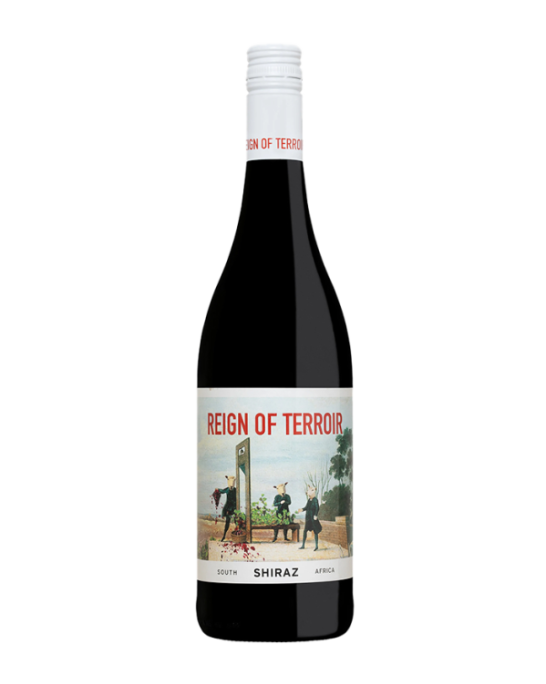
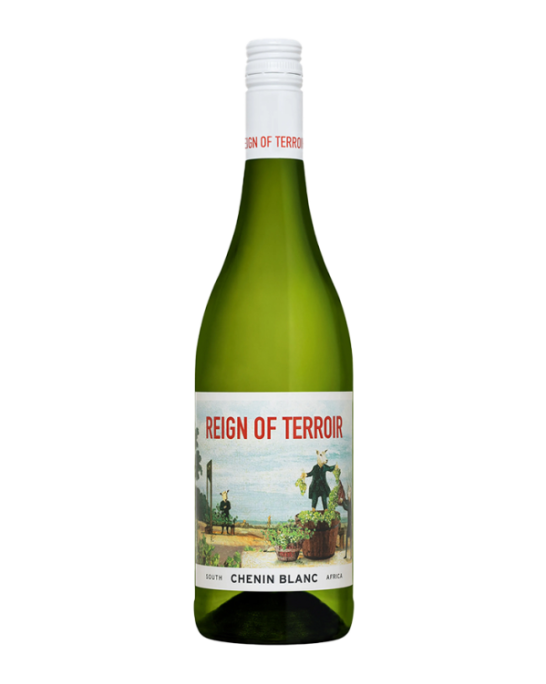
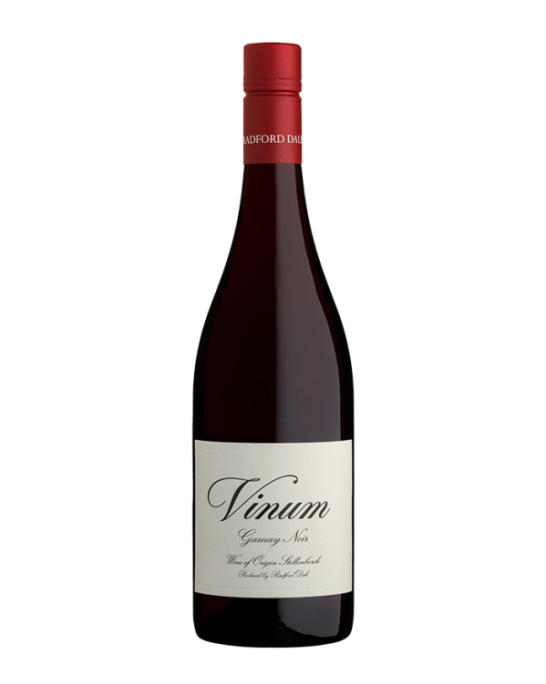
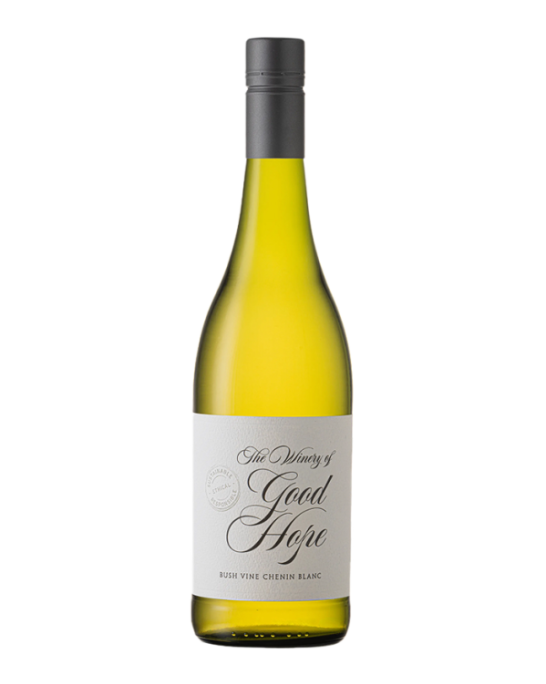
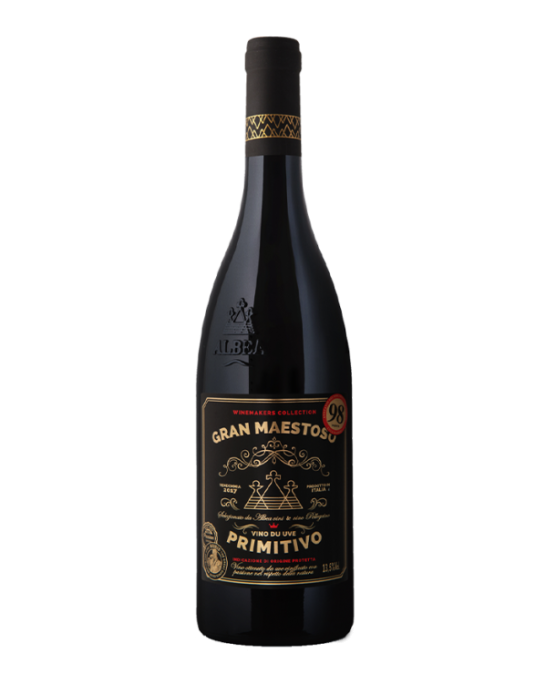
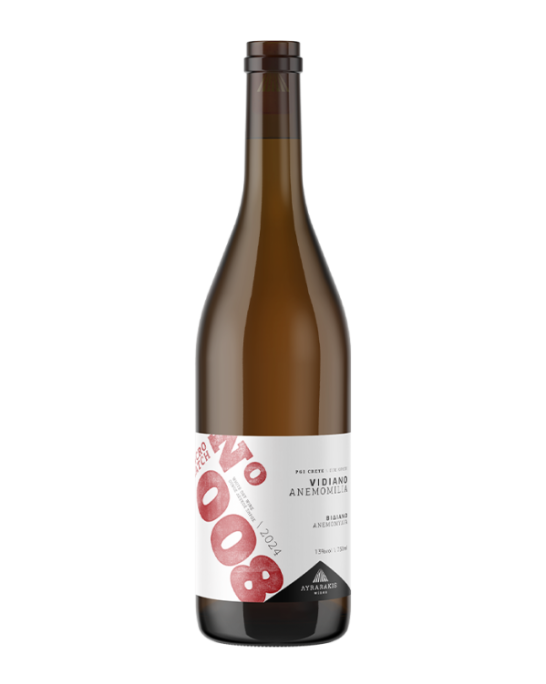
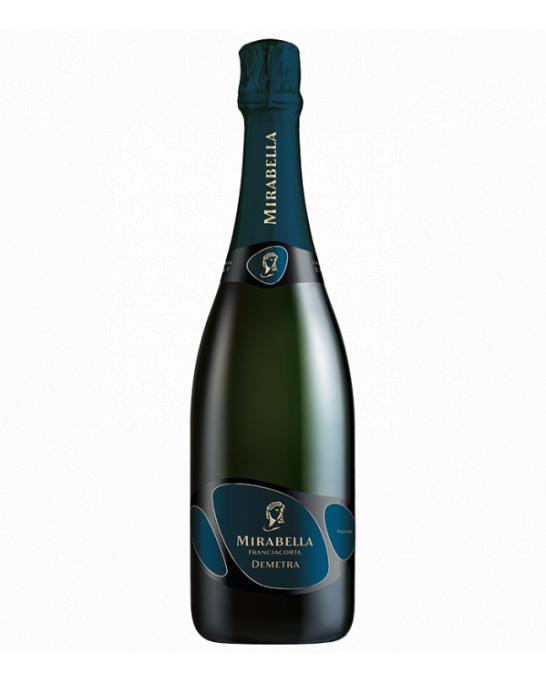
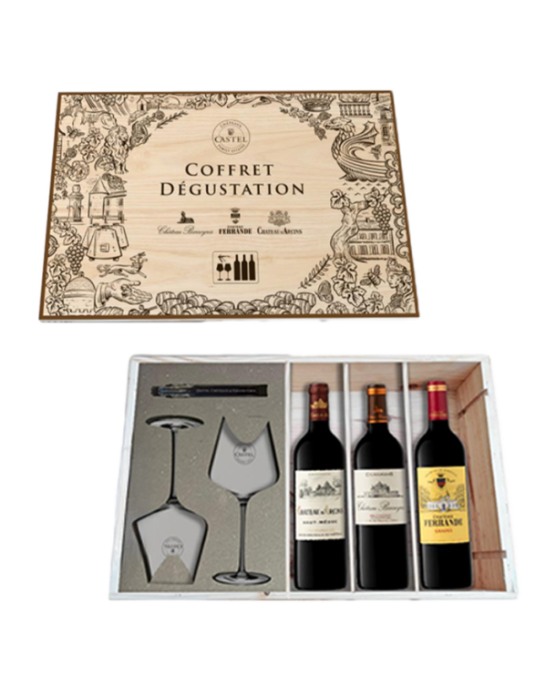
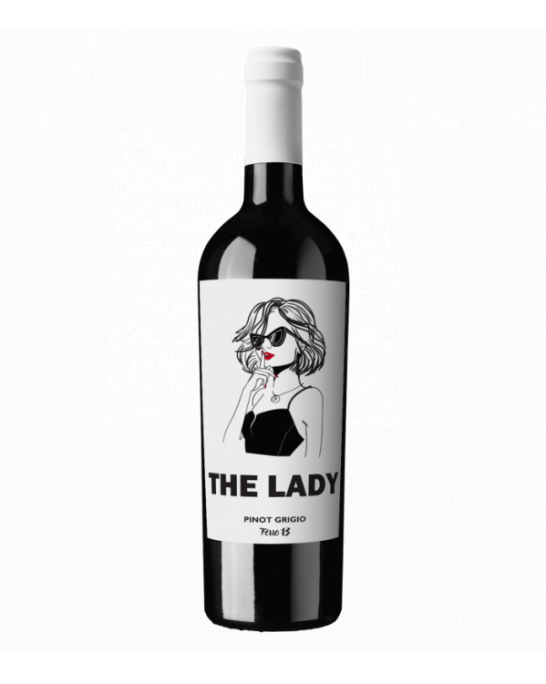
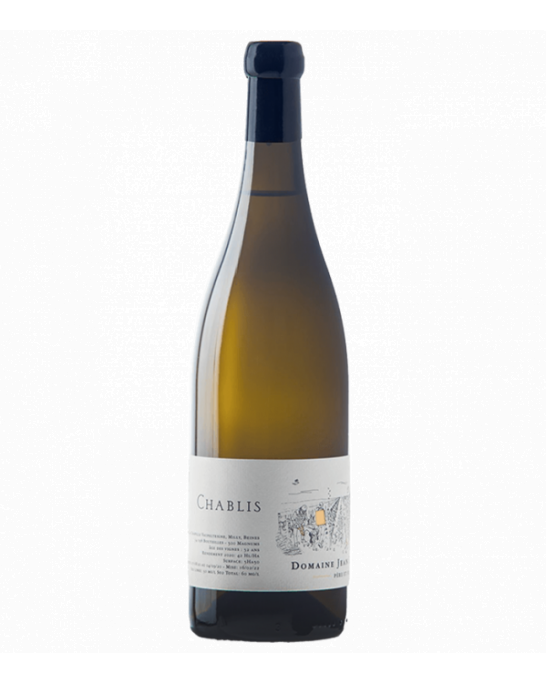
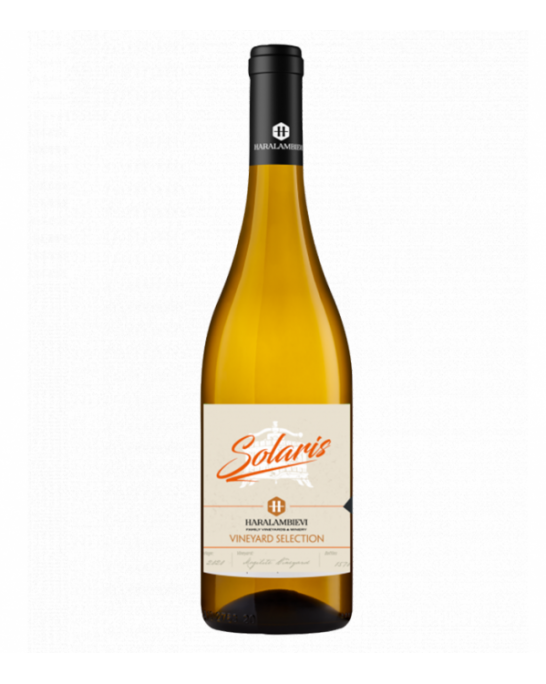
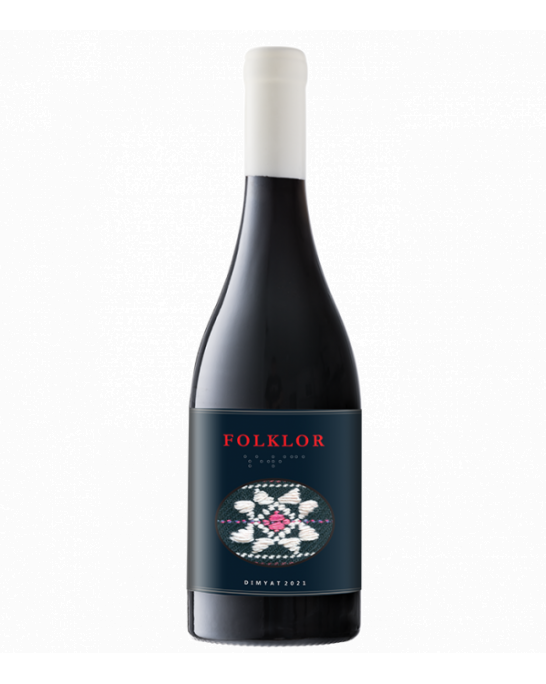
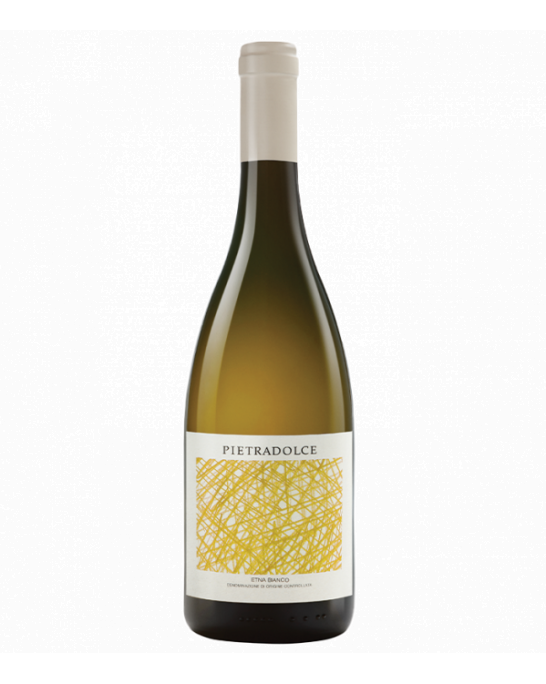
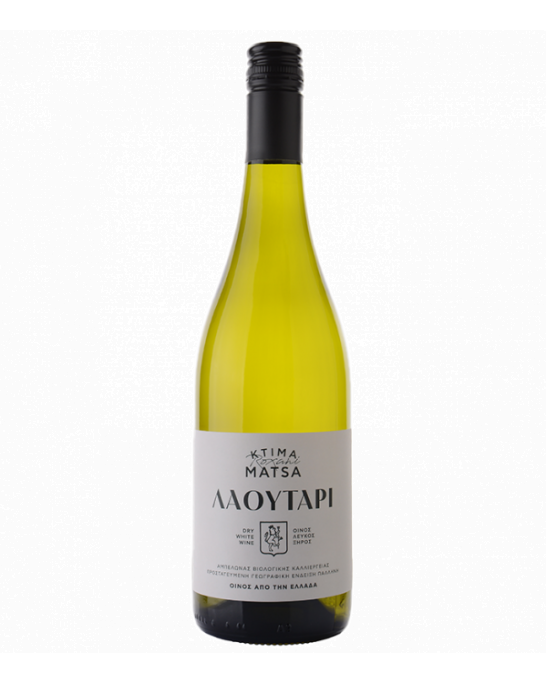
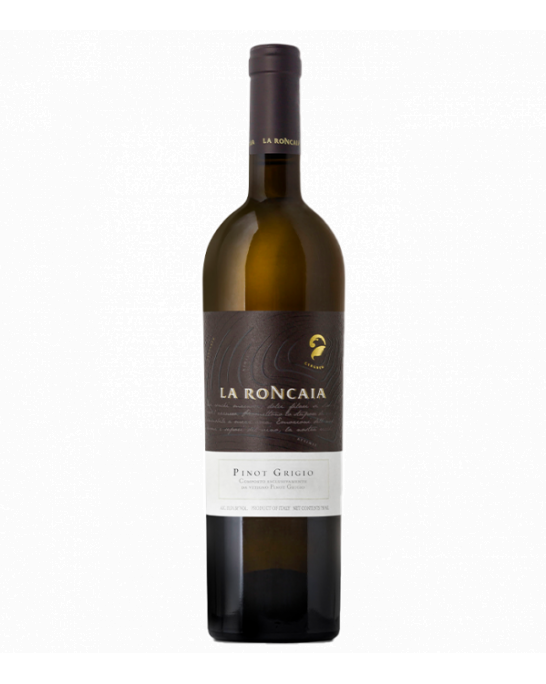
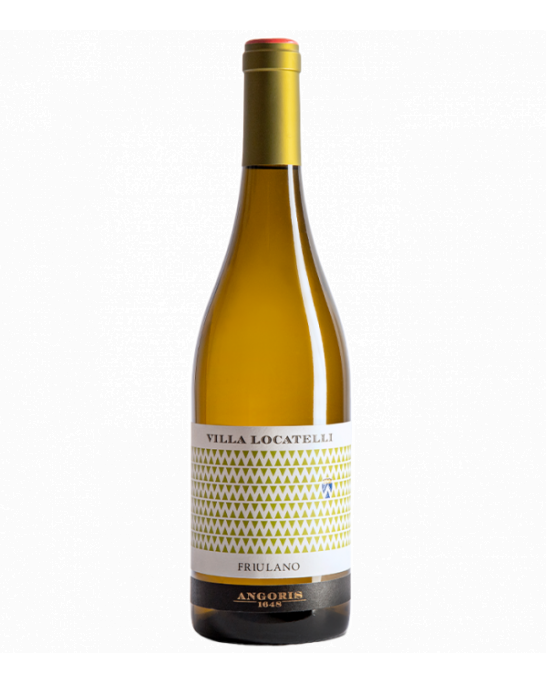
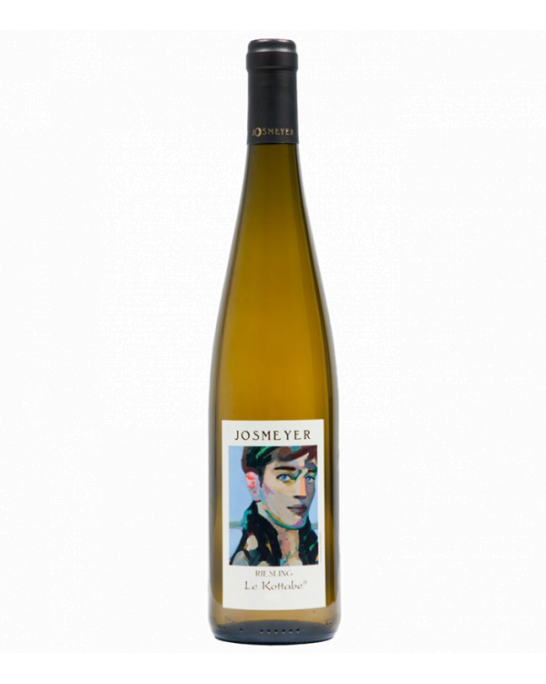
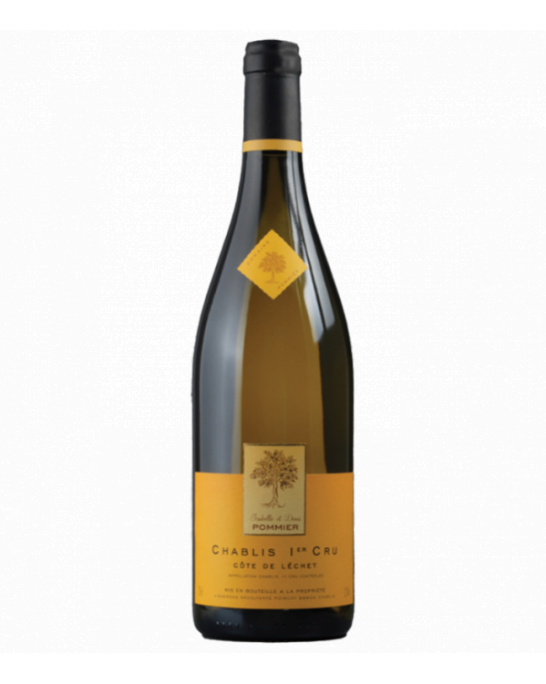
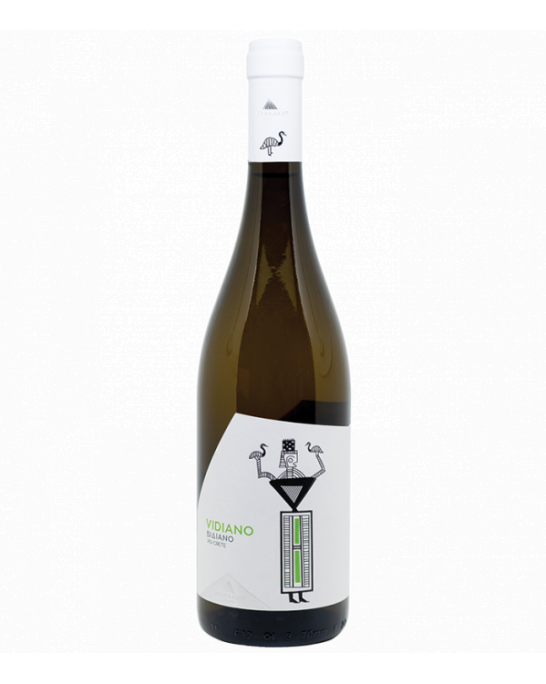
Customer reviews
No reviews available
Be the first to review